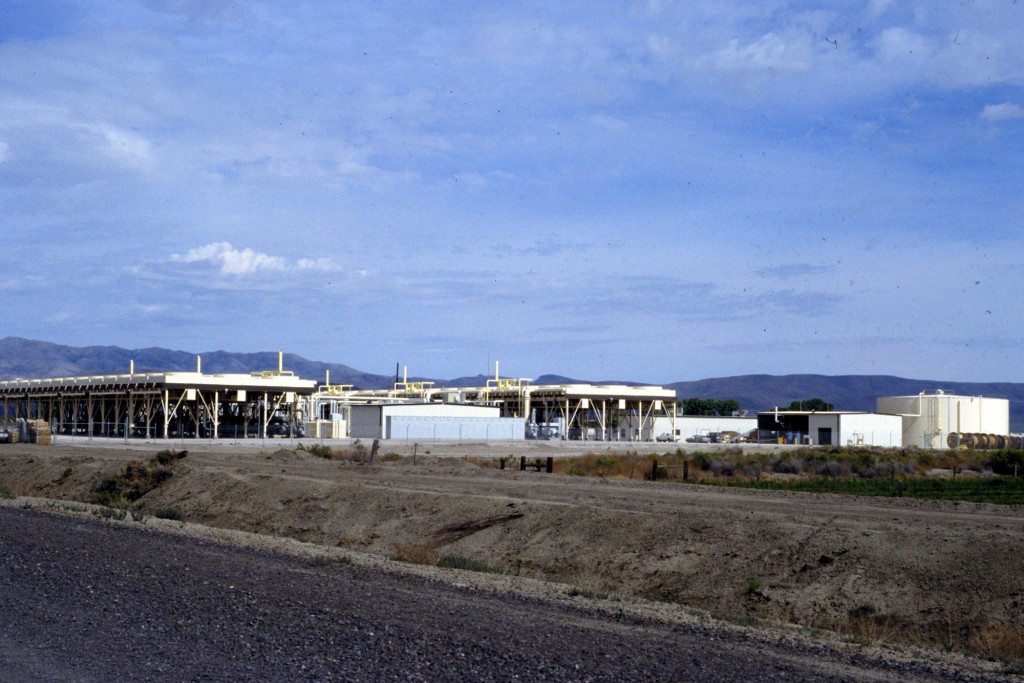Enel highlights opportunities for hybrid geothermal plants utilising solar and biomass
Two plants that generate electricity by combining different renewable sources, ensuring efficiency, sustainability and care for the environment, can be found in Italy and the USA.
In an age of consumption efficiency and fight against climate change, a number of industrial sectors are moving towards hybridisation. Even Porsche has released three hybrid models that ensure higher performance levels and care for the environment, reduce consumption and offer new technological possibilities. And although the automotive sector has almost monopolised the technology by producing an increasing number of hybrid vehicles, the energy sector is not lagging too far behind.
Domestic hybrid plants are becoming increasingly widespread and single systems combining small renewable technologies, high-efficiency plants and smart air conditioning and heating systems are just as beneficial for homes as hybrid vehicles are for drivers.
New technologies and sustainability are driving hybridisation and, as Virgil once said, if one may compare small things with great, steps are already being taken to move from small home systems to large electricity facilities. The combination of different energy sources lead to innovation, improved performance, regard for the environment and reduced consumption, as one can see with two examples of a new electricity production model conceived within the Enel Group.
Enel Green Power’s Stillwater geothermal facility in the USA is a perfect example of renewable energy integration: it was the first facility in the world to combine binary-cycle medium-enthalpy geothermal power with the potential of peak capacity solar power. Today, Stillwater has a solar power capacity of up to 26 megwatts thanks to its 89,000 polycrystalline PV solar modules, added to which are the 33MW from the geothermal facility and a 17MW concentrated solar power plant that will be placed nextdoor.
The combination of two or more technologies increases generation of zero emissions energy and enables both the use of the same infrastructure and the better exploitation of each technology, reducing problems related to the unpredictable nature of wind and solar power.
Enel’s hybrid plants bring the United States and Europe together in geothermal development, and while in the USA geothermal is combined with PV solar, in Italy biomass is the key partner. A few months ago in the town of Castelnuovo Val di Cecina in Tuscany, EGP opened the worksite for the construction of the world’s first plant to use biomass to heat geothermal steam, increasing energy efficiency and the electricity output of the geothermal cycle.
The existing geothermal plant will be supplemented by a small plant powered with locally sourced virgin forest biomass produced within a radius of 70 km of the facility. The steam entering the plant will be heated to raise the initial temperature to between 370°-380° from 150°-160°, increasing net power generation capacity, thanks to both the greater enthalpy of the steam and the enhanced efficiency of the cycle due to lower humidity in the generation phase.
Source: Press Release by ENEL


















